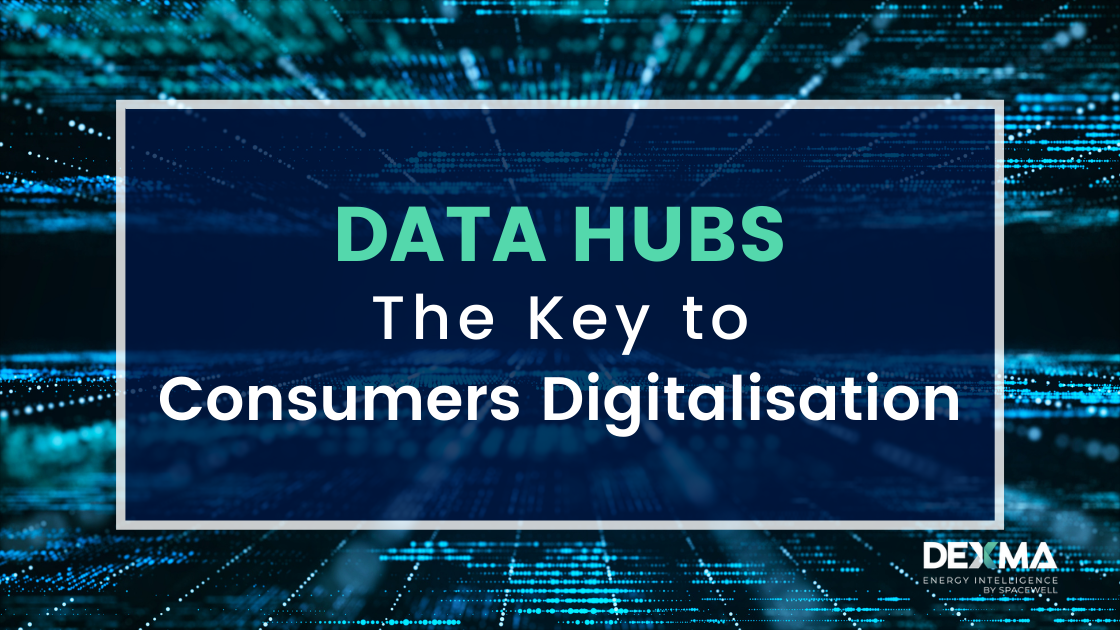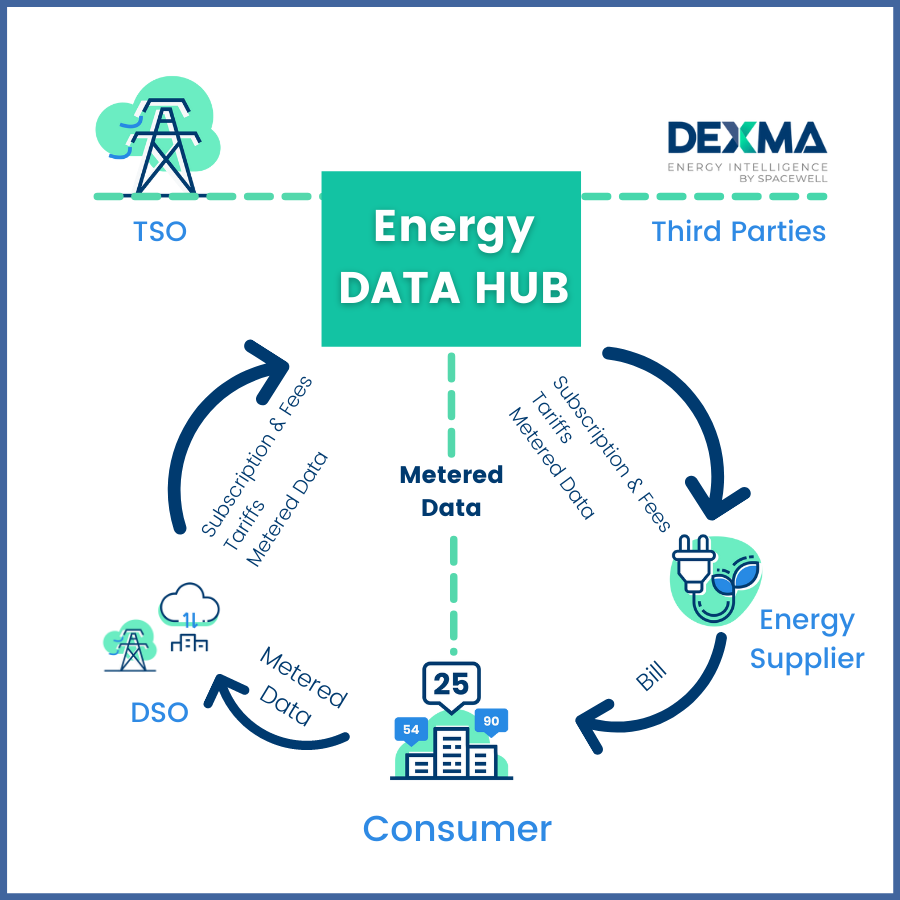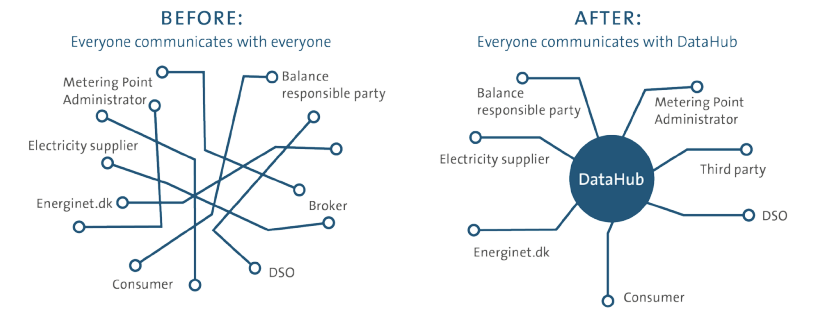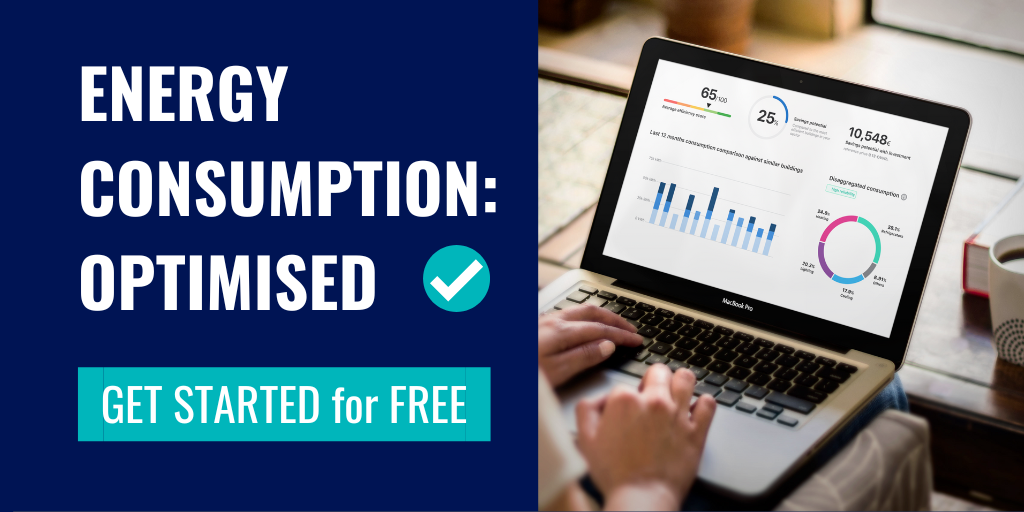Historically, consumers’ only knowledge of their energy use has been through their paper bill from their energy supplier. According to statistics, only 11% of users understand their invoice.
The advent of data platforms such as Energy Data Hubs is revolutionising the consumer’s role in the energy transition. Find out what an Energy Data Hub is and what are the benefits of these data platforms for consumers.
We are all aware that digitalisation is changing our daily lives, and in the case of the energy sector, this digital transformation is setting a precedent. Globally, it is estimated that since 2014, investments in digital power infrastructure and software are growing at an annual rate of 20%.
This paradigm shift broadly driven by the European Green Deal aims for a democratic, transparent and neutral electricity market in which all parties involved (production, distribution, other stakeholders and above all consumers and organisations) speak the same language and are part of a more open and competitive energy hub.
The key to successfully achieving this goal lies most of all in providing open and neutral access to energy data that allows the consumer to take centre stage. This allows the consumer to evolve into a digital customer-supplier role that not only consumes products and services but also actively participates and has more power over their energy consumption.
One of the tools that are already a reality and enable this transition in the energy market is the “data hubs” or neutral platforms that allow users to have digital control of their own energy consumption and generation data.
6 Benefits of the Energy Data Hub For Consumers
- Innovation. Data from the deployment of smart meters are made available to consumers to help them make basic decisions, such as choosing the best access tariff.
- Knowledge. Bringing energy consumption closer to the consumer/organisation in near real time allows them to better understand their energy habits and consequently their bills.
- Savings. Once customers understand their energy usage, they can optimise their decision-making regarding sustainability and open the door to energy efficiency in order to save and reduce their bills.
- Integration. Consumers are aware that they can play a more active role in their relationship with the agents of the energy system, for example, by managing their demand and incorporating their flexibility into the market through self-consumption, storage, electric vehicles, etc.
- Transparency. The data shared on the platform belongs to the consumer and as such, he/she will have universal, neutral and secure access.
- Added value. With the consumer’s consent, he can make his energy data available to new market players. For example, digital energy service providers, such as DEXMA, help them in their energy transition towards energy savings and decarbonisation.
5 Examples of Energy Data Hubs
There are currently multiple platforms or “Data Hubs” worldwide developed by the different electricity agents (transmission grid operators, distribution companies, retailers) that already make electricity consumption data available to consumers.
Below are some examples of energy Data Hubs:
- Green Button – USA. Promoted by the White House in 2012 (worldwide pioneers), green button gives access to energy data (electricity, gas and water) to end customers through the alliance of different agents (8 utilities, 19 energy services providers and 9 governments and associations from different fields).
- ElHub – Norway. The Norwegian data hub (Elhub) has 3 million consumers who can even use the platform to switch energy suppliers automatically without having to go through the traditional route.
- Energinet – Denmark. The Danish platform (Energinet) has energy consumption data for 3.3 million consumers and, as the first forerunner in Europe, has made its technical know-how public so that other countries are encouraged to create their own Data Hub.
- Estfeed – Estonia. Being one of the leading countries in European digitalisation, its platform (Estfeed) has led to the integration of external suppliers that provide added value to the consumer. DEXMA has been one of the organisations that participated in this initial phase to demonstrate how having a European data hub can bring energy efficiency closer to the end consumer.
- Datadis – Spain. In 2020 all Spanish distribution companies launched a common interface, Datadis, where more than 29 million consumers can access all their supply points regardless of their distribution company. Consumers can consult both public aggregated statistical information (e.g. reports) and private information on their consumption with a 2-year history (of which they are the owners) and can give access to third parties, via their API, such as DEXMA.
Until now, access to energy data by consumers and energy managers has been carried out through multiple channels: bill data, manual collection of meter data, installation of concentrators and meters, sensors, etc., all of which constitute the source of data for energy management platforms. The difficulty of implementing these data sources has been a major friction in bringing digitalisation in the energy sector closer to the end consumer.
Fortunately, thanks to the progressive launch of the different Data Hubs at European and global level, the process of obtaining consumption data from smart meters, by the EMSs (energy management solutions), has been greatly simplified.
This is also possible thanks to the use of APIs by both the EMSs and the Data Hubs. This allows the automatic integration of EMSs and Data Hubs, without the need to resort to previous methods of obtaining data (invoices, installation of meters, etc.).
The DEXMA Energy Management Platform (DEXMA Detect, DEXMA Analyse & DEXMA Optimise) is an example of a pioneer EMS that adds value to its tool thanks to the integration of some of these Data Hubs. You can check the examples 4 and 5 of the list (Estfeed and Datadis).
If you want to know more about DEXMA and its advanced Energy Management Platform, enter our demo or contact one of our energy software experts.
Editor’s Note – This article has been written by one of our experts in advanced energy management:







